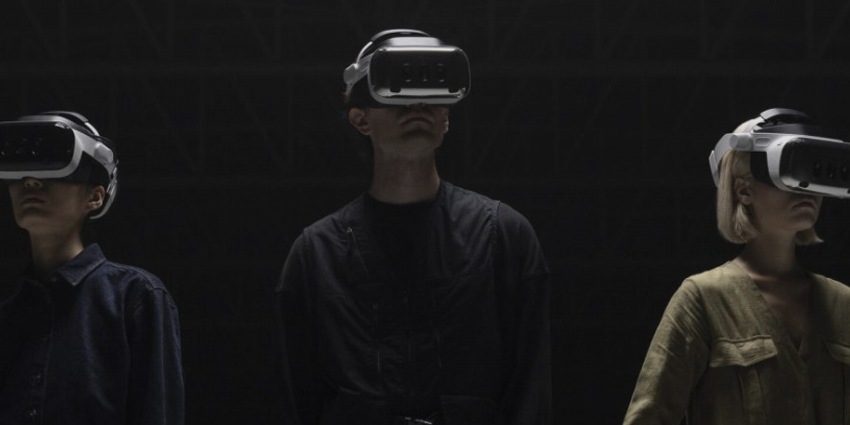This week at NVIDIA GTC 2024, Varjo had a strong presence at the event’s XR segment of the massive expo hall. The firm is a leading supplier of XR hardware, software, and cloud streaming services, enabling enterprise end-users to leverage valuable spatial data with incredibly high graphical performance.
During NVIDIA GTC, Omniverse Cloud APIs were among the many notable announcements from NVIDIA’s XR department. The firm supplies cloud APIs, allowing clients to collaborate over digital twins – covering use cases such as warehouse design, surgical procedures, and robotics.
During the event, Ben Cathcart, Head of Product Marketing at Varjo, spoke to XR Today about the monumental GTC event and the firm’s ambitions in the future as the value proposition of spatial data is set to skyrocket.
Cathcart added:
One of the things that Varjo is trying to do is spread our devices across roles. We don’t want it to be restricted to the technical department. Spatial computing is something that can be used by all departments that are not necessarily so technical-minded. We are making spatial computing open to more enterprise roles than ever before. As people start to realise the productivity gains you can get using XR technology, sustainability gains, and cost savings, all these benefits are combined into one to make a path for XR to expand into the enterprise.
Varjo to Leverage Long-Standing NVIDIA Partnership
NVIDIA has a storied history of working with XR solutions providers far and wide. Varjo is close to the firm; “we’re very much tied to the NVIDIA ecosystem,” Cathcart noted.
Cathcart also explained:
All our headsets run on NVIDIA GPUs. In the last year or so, we’ve taken that relationship a little bit further. So what we’re showing at GTC is our integration with Omniverse, which allows you to take any Omniverse scene and choose “start VR,” a one-button solution. You can jump into the scene on a VR headset to visualise the USD scene you’re looking at using the Omniverse software.
One of the use cases that benefit from interactive development, according to Cathcart, is automotive design reviews; if a review team is using immersive hardware like the Varjo XR headset, “it’s a fantastic experience to be able to put the headset on and change something in real-time,” he remarked.
Cathcart said:
Developing 3D scenes for XR is very difficult. But, with Omniverse, everything happens in real-time. Nothing is pre-baked. It’s all real-time retraced, etc. If you make changes in the Omniverse scene, it is reflected instantly in the headset. It is a very good opportunity to have real-time iterative development of 3D environments, scenes, and assets.
Varjo Welcomes Apple Vision Pro into the Marketplace
Apple’s landmark entry into the market provides a new lease of interest in the XR space. The authority and respect held by Apple brought with it a wave of curious minds and investments into the spatial computing space, directly helping to expose the wide breadth of immersive solutions out there.
Cathcart noted:
I think it’s fantastic that other players are entering the market. The more interest that we can bring and generate works better for us, the more that the industry drives forward, and the more people in the enterprise are interested in trying immersive computing technologies, the better for us.
Other firms, such as HTC VIVE, also note the importance of the Vision Pro’s influence. While the device is in its early days, the product is already finding a home in the industrial and enterprise sectors. Even at NVIDIA GTC, various Vision Pro devices were on show at the booth of enterprise digital solution providers.







